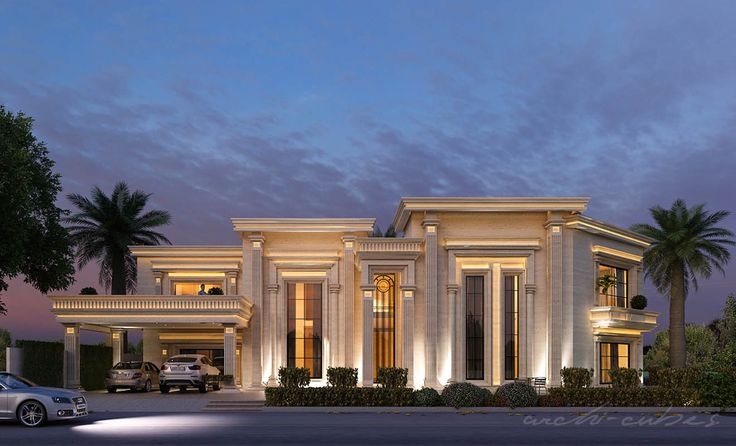An Introduction to the World of Lahore Architecture
Lahore, known as the cultural capital of Pakistan, is a city that boasts stunning architecture. From the Mughal era to modern times, Lahore has been home to some of the most creative and talented architects in history. The city’s beautiful structures are a testament to their vision and skill. In this blog post, we will explore the world of Lahore architecture and take a closer look at some of the best architects in Lahore who have left an indelible mark on its skyline. Get ready for an inspiring journey through time as we discover the creative minds behind Lahore’s best architecture!
The Different Types of Lahore Architecture
Lahore’s architecture is diverse and rich, influenced by various cultures throughout history. One type of architecture that stands out in the city is Mughal architecture, which was popular during the reign of the Mughal Empire in India. This style can be seen in iconic landmarks such as the Lahore Fort and Badshahi Mosque.
Another type of architecture found in Lahore is Colonial-style buildings that were constructed during British rule. These structures include government buildings, churches, and schools with a distinct Victorian-era influence evident in their design.
Lahore also has examples of Gothic Revival architecture with intricate details like pointed arches and ornate carvings adorning buildings such as St. Anthony’s Church located on Lawrence Road.
Islamic-inspired modernist buildings are another genre found across Lahore that emerged after Pakistan gained independence from Britain. The Faisal Mosque designed by Turkish architect Vedat Dalokay showcases this style with its minimalist approach to Islamic geometric patterns.
Contemporary high-rise towers have sprouted up around the city center featuring sleek lines paired with cutting-edge technology for sustainable living spaces while still respecting traditional architectural elements through color palettes or materials used.
These different types of architectures create a unique tapestry reflecting both past eras and current trends making Lahore an exciting destination for those interested in exploring world-famous landmarks or contemporary designs alike!
The History of Lahore Architecture
Lahore’s architectural history dates back to over a thousand years ago when it was ruled by the Ghaznavid and Ghurid dynasties. The city has witnessed various periods of architectural development, including Mughal, Sikh, British and modern architecture.
The Mughals left an indelible mark on Lahore’s architecture with their magnificent structures such as the Badshahi Mosque, Shalimar Gardens and Lahore Fort. These buildings were adorned with intricate carvings, decorations and calligraphic work that showcased their love for artistry.
During Sikh rule in the 19th century, many new structures were built or renovated such as Gurdwara Dera Sahib which is one of the holiest shrines for Sikhs. British colonialism later brought about its own unique style to Lahore’s architecture with buildings like the Lahore Museum and Government College University.
In recent times, contemporary architects have been experimenting with innovative designs that fuse traditional elements of Lahore’s architecture with modern styles. Some notable examples include Packages Mall designed by Nayyar Ali Dada Associates and Al Hamra Art Center designed by Nayyar Ali Dada Associates & Co.
Today we can see how different periods have influenced each other in creating a stunning mix of historical monuments alongside more recent developments reflecting our changing tastes while still respecting our heritage.
The Future of Lahore Architecture
The future of Lahore architecture is bright and promising. With a growing population and increasing demand for innovative designs, architects in Lahore are constantly pushing the boundaries of what is possible.
One emerging trend in Lahore architecture is sustainable design. Architects are now incorporating green technologies such as solar panels, rainwater harvesting systems, and energy-efficient materials into their designs to reduce environmental impact.
Another aspect that holds much promise for the future of Lahore architecture is technological advancements. The use of 3D printing technology has already made waves in the field by allowing architects to create complex geometries that were previously impossible with traditional methods. Virtual reality tools are also changing how architects visualize their designs by providing immersive experiences that help clients understand what their final building will look like before it’s even constructed.
There’s an increasing focus on preserving Lahore’s historic buildings while still making them functional for modern use. Many old buildings have been repurposed as hotels or cultural centers without losing their original charm.
The future of Lahore architecture looks exciting with sustainability, technology and heritage preservation at its core.
Conclusion
Lahore’s architecture is a reflection of its rich history and cultural heritage. From Mughal-era masterpieces to modern-day structures, the city boasts an impressive range of architectural styles. Behind these awe-inspiring structures are talented architects who have dedicated their lives to creating spaces that leave a lasting impact on those who experience them.
Through this article, we explored some of Lahore’s most celebrated architects and their work. We learned about the different types of architecture in Lahore and how they contribute to the city’s unique character.
As we look towards the future, it is exciting to think about what new creations will emerge from these creative minds. With ongoing development projects in various parts of the city, it is clear that Lahore will continue to be a hub for innovative design.
There is no denying that Lahore’s best architects have helped shape the city into what it is today – a vibrant metropolis with a diverse architectural landscape that leaves visitors in awe.





